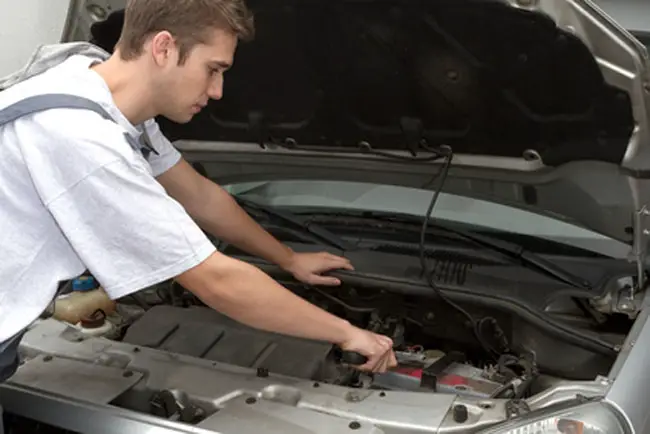Every vehicle needs maintenance, no matter how reliable it is. The problem is that most car owners fall into some common traps when it comes to performing this maintenance. The result is that they can end up wasting money or even causing damage to their vehicle because of plain ignorance. Education is the key to fighting these problems, so read on and learn how you can avoid some of the most common pitfalls in car maintenance.
Pushing bald tires just a little more is a dangerous game. Once you realize that any tire on your vehicle is balding, you need to have it replaced immediately. A balding tire severely reduces the car’s maneuverability and stopping ability, plus the tire can blow out or the tread can suddenly separate, potentially causing the vehicle to roll. If you want your tires to last longer, you need to pay close attention to them. Check the air pressure regularly and keep it at the level recommended by your car’s manufacturer, helping keep tread wear even and increase the durability of the tires. Using a good tire shine will also help the rubber from breaking down prematurely.
Always make sure when you take a wheel off for any reason that the lug nuts are seated securely again before you start driving. Lug nuts that are even a little loose will become even looser when you start driving, which will cause the wheel to suddenly come off as the car is rolling down the road. What comes next won’t be pleasant and can cost you your life or lead severe damage to your car. To ensure the lug nuts are on tight enough, buy a torque wrench and use it to tighten the lug nuts to the specifications in the owner’s manual.

Jumping a car improperly can be dangerous and even cause serious damage, both to the car doing the jumping and the one being jumped. Many people have jumper cables in their car, yet they don’t really know how to properly use them. You absolutely shouldn’t be smoking while trying to jump start a car, since there is a chance you can trigger an explosion. The two cars cannot be touching each other and shouldn’t be sitting in water of any depth. When you do connect the cables, attach the positive cable to the positive battery terminal on the car that is doing the jumping, and then do the same on the dead car. With the negative cable, never attach it to the battery in the dead car, but instead anchor it on a piece of metal on the car, grounding the connection and avoiding a potential catastrophe, like frying all of the electronics in either car. If the dead car doesn’t start up, wait a few minutes before trying again, avoiding potential damage.
When you change your own oil, there are two potential pitfalls when it comes to swapping out the oil filter. The first is that if you don’t tighten the filter all the way, oil can leak out, which can trigger a fire. If that’s not enough, the leaking oil can cause serious damage to your cylinder head or turbocharger, if your car has one. After tightening the new filter by hand, give it one more half-turn using a wrench that fits snugly. The other potential pitfall comes from people forgetting to put some oil around the washer on the top of the oil filter. This helps create a barrier that keeps the filter from fusing to the engine, literally. If you forget this simple step, you will be towing the car to your mechanic for help the next time you try to change the oil yourself.